How I Consume
May 31, 2023
Listen to voiceover here.
For this week’s newsletter, I want to zoom way out to reflect on consumerism in a personal format. I believe most of our work in sustainability and circularity is directly related to the fact that we as humans in a capitalist society have learned or taught ourselves that buying and acquiring things is important, and that buying more than we need is normal and fun.
In her book Overdressed, Elizabeth Cline writes: “In 1930, the average American woman owned an average of nine outfits. Today, we each buy more than 60 pieces of new clothing on average per year.” (link to article)
That shift represents all kinds of trends including increased disposable income, a global economy, the lower relative prices of clothing, and maybe as a result of those, the idea that possessions and clothes are disposable. The concept that we should invest in (or make) items that we can use over and over and over again has diminished greatly in our culture (with the notable exception of the luxury handbag).
To dive into this topic, I’ve broken up my personal experience into a few chronological themes, and I’ve added others’ perspectives along the way.
—Self-conscious qualifier: I work in sustainability and circularity, and therefore I assume others think my habits are 100% sustainable and circular, but they are not. I certainly believe in voting with my dollars and have devoted my career to making sustainable and circular clothes, but I still have my own consumer habits to contend with.—
1. Buying for Self-Identify and Validation
In high school and college I loved shopping, both vintage and fast fashion (hello Forever 21). I had dozens of vintage dresses in all types of patterns and colors that brought me joy, and I wore them wherever and whenever I could. I even started a little vintage store in college, buying up carloads of thrift store items on the cheap and reselling them for a profit.
2. Not Buying, but Acquiring Nice Things
My 14 years at EILEEN FISHER, Inc. were glorious for the acquiring of clothes because employees get a generous clothing allowance, aka free clothes- and not just ‘clothes’ but merino, cashmere, wool, linen, cotton and silk luxury items. The clothing allowance is for new clothes, but the 6 years I worked for EILEEN FISHER Renew, I used it for preloved garments as well. Additionally, there were endless bins of damaged clothes that had come back through the take-back program and weren’t resellable, and I would regularly dig through those (as many of us did) looking for an amazing sweater or jacket that just needed a little mend or patch. Over the years I accumulated multiple closets full of these amazing clothes, and during this time I didn’t buy a whole lot of new clothing. I didn’t feel the need, and when I wanted something, I could just step outside my office and dig through a bin or browse a rack.
Tara St. James is a sustainable clothing veteran I’ve known since 2015. Here are her thoughts on her closet and acquiring clothes:
I owned a brand for 10 years and therefore had no disposable income since all my income went right back into the business, but also I had the luxury of designing and making my own clothes for that period, as well as trading with fellow designers. I'm very committed to only purchasing secondhand furniture and clothing, mostly because I enjoy the hunt and not buying something that everyone else has. Because I'm now sustainability lead for a large fashion brand I do feel like my actions are scrutinized by fellow team members, not so much to judge me, however, but rather to learn and emulate. - Tara St James, Senior Director of Sustainability, Moose Knuckles Canada
Tara’s comments underline that those of us who have chosen to work with or make durable clothes often are able to get our hands on the really good stuff through work or barter, thus lowering the need to buy.
3. Buying as Destresser
When I started working at Recurate, a resale tech startup, the values of the company were aligned with my obsession with used goods, but there were no free clothes- the company sold technology. I was working really hard and making more money than I ever had before. I shocked myself by starting to go to the mall again, a place I had loved as a teenager and then sworn off of from ages 22-35. I felt a little clandestine. The money I was making allowed me to purchase ‘luxury’ goods for the first time in my life. It felt exciting, but it was also weird. I would work super hard all week (and be mom to a 4 year old… no small part of the stress!), and then I would go to the mall on the weekend and spend money. It felt fun and strangely satisfying, but there was always a voice in the back of my head telling me that something was broken about the setup.
The link between having money, feeling stressed and buying things is a strong one for me, always has been. The connection I find most unsettling is that between acquiring something and relieving stress- the act of buying feels like an escape. It is not a sustainable solution to work myself too hard and then buy things to try to alleviate that feeling of burn out.
4. Buying Some, Joyfully
Now that I am working for my own business, I don’t have a predictable paycheck for the first time in 16 years, and it has manifested as yet another transformation with my relationship to buying stuff. First, I don’t feel the same stress as before - I am feeling energized by doing my own thing. Yes, there is stress in terms of business development, but I get to work on my terms and make the decisions, which I like. As soon as the intensity of my last job stopped, my desire to go acquire stuff at the mall also went away. I have come back to a balance of occasional Poshmark rabbit holes, and I have greatly reduced purchases for myself and my family.
Now, I try to focus on joyful purchases, like the amazing vintage dress I found a few weeks ago. It’s wild 80’s- bright red with white patterns, a whole shoulder pad situation. I even surprised myself by trying it on. But I did and it just made me feel FUN. My husband pleaded for me not to buy it and my sister just kind of shrugged, but it was $30 and it made me feel great, so I decided I’ll just wear it on dates with my friends and they’ll understand- it’s just me expressing myself, one of the original pleasures of fashion.
Here’s how Carmen Gama, Director of Circular Design at EILEEN FISHER, Inc and Co-Founder of Make Aneew, relates to buying clothes:
I didn’t grow up with money so my spending power came much later in life. My parents put all their money into giving their children the best education so we could grow up to be financially independent and chase our dreams. Everything that we bought was either second hand or my mom and myself made/redesigned our own clothes. That’s how I started my love for fashion and repurposing. Now that I am financially independent, I’ve developed a shameful Achilles heel = shoes and running clothes. I love running and I am obsessed with how cool and sexy running clothes are… soooo, yes… don’t EVER leave me unattended in an athletic store… Nike, Lululemon and Wilson. Uffff, this feels bad to share out loud, but I do have to say I will wear these clothes until they fall apart. I do take care of them properly so they will last me longer, and I do use them a lot because I run everyday. My second Achilles heel is shoes… this is the worst.. to all Dr. Martens store associates, please I beg you to not let me in anymore. But I do have to say these shoes will last me an eternity. My favorite pair of shoes are pink studded Dr. Marten’s that I bought 12 years ago, and I still wear them. Lastly, algorithms work too well- they’ve learned how much I love pink, so now they flood my social media channels with super cute pink shoes that are hard to resist.
Well, as you can see, I am far from perfect, but rest assured I do not buy items that I will only wear a couple of times, I wear my clothes till they fall apart. - Carmen Gama
Carmen’s story is an important reminder of the most impactful thing we can do with our stuff: use it. Use things that already exist, whether that means buying used, or literally using something until it breaks (and then fix it if you can!).
5. Unlocking Value from Our Things
Stay with me for one last point that I would be remiss for not including: what should I do with all the things I’ve acquired, most of them high quality and durable?
You’re probably thinking that the obvious solution, especially for someone like me is to sell my stuff on a peer-to-peer marketplace like Poshmark, Depop or eBay, but I am one of the many consumers who doesn’t have the patience or time for this; not to mention I’ve had the same four shirts listed on Poshmark for over a year without a single one selling. I wish they had sold, at least one of them, to give me the positive reinforcement to keep going. I have friends who sell their own stuff on peer-to-peer marketplaces and make good money. Conversely, I haven’t heard positive stories from friends who send their items into consignment marketplaces (meaning they send all their stuff in a bag and wait for a gift card in return). They usually just complain that the value they get back is disappointing.
I would rather give my items away to someone who will actually use them. I have a friend and former colleague who runs a successful resale business out of her garage. She has over 10,000 items stocked and has the cleaning, photography and listing process down to a science. I frequently give my stuff to her, knowing that she will benefit from the resale value of the items. I’d like to unlock the value of my clothes for myself, I’m just having trouble finding a way that works for me, and I’m guessing there are millions of consumers out there who feel the same.
To address this seller-friction, we are seeing more sophisticated take-back models crop up quickly, including the likes of ReUpp and Twig. They are both resale technology startups that are focused on providing instant value to their sellers. Every resale company sees the opportunity of getting people to fish things out of their closets and sell them, so how can they continue to improve the seller experience so both parties are getting a good deal with minimal effort?
I’ll end with a Tip for Brands: brands with their own resale programs should offer their customers the option of either selling an item themselves via peer-to-peer for 100% of the value or trading the item back in for an instant and smaller credit. Here’s a great example of that from Elizabeth Suzann, powered by resale software company Treet. *Note the “SELL OR TRADE IN” button in the top right. They are making it easy for their customer to decide how they want to unlock the value of their items.
6. The End
Phew- we made it. I know that was a lot- I love getting personal!
Cynthia


